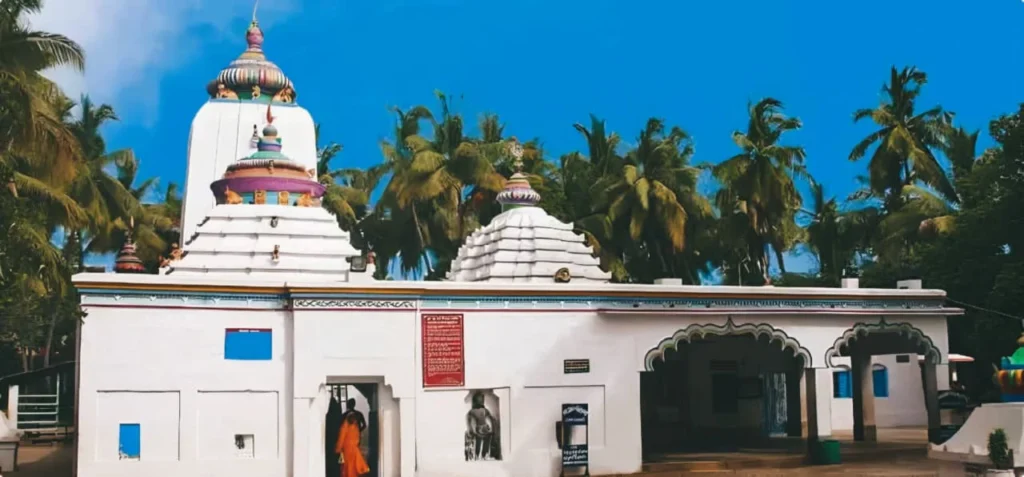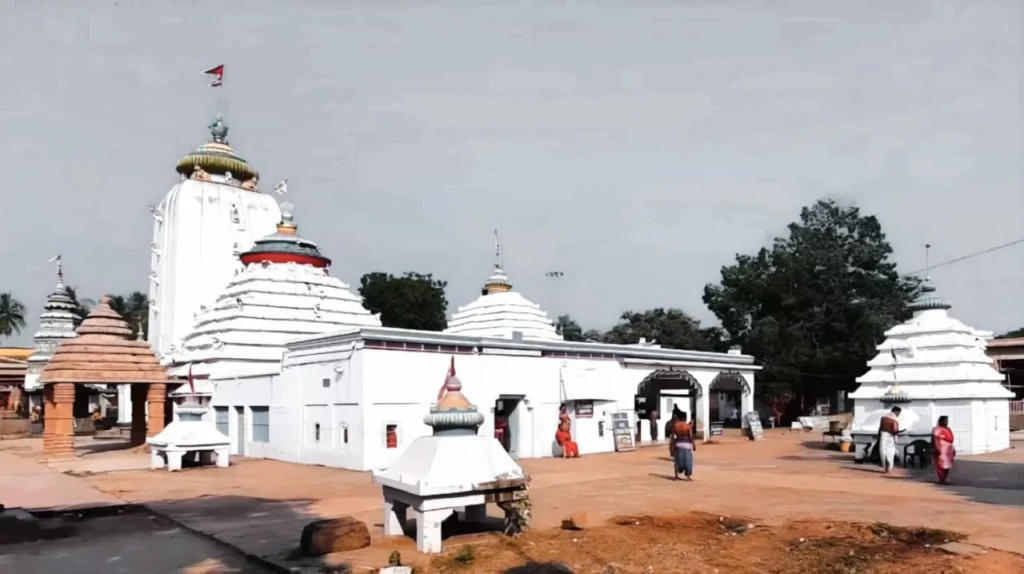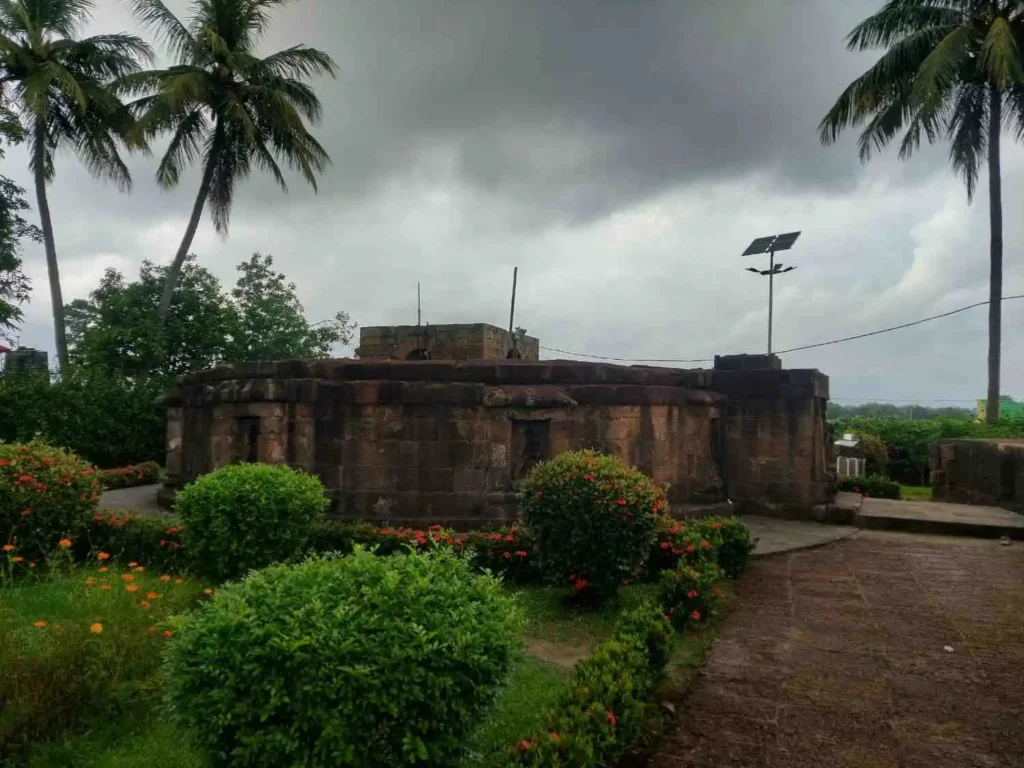
Table of Contents
A Sacred Shakti Peetha Steeped in Legends
Located in the heart of Odisha, the Biraja Temple Jajpur draws countless devotees of Shaktism due to its timeless spiritual significance. Moreover, devotees recognize it as one of the revered Shakti Peethas. As per mythology, the temple marks the very spot where Devi Sati’s navel (nabhi) fell. Consequently, people often refer to it as “Navigaya.” Additionally, they consider the area sacred for performing Pinda Daan—ritual offerings made to ancestors.
To begin with, the temple was established in the 13th century by King Jajati II of the Somavamshi dynasty. Ever since, it has remained a vibrant spiritual hub and cultural landmark of Odisha.Mythical Origins: Birthplace of the Divine Feminine

As per texts like Skanda Purana, Brahmanda Purana, Vayu Purana, and even the Mahabharata, the Biraja Peetha is where Lord Brahma performed a yajna on the banks of the Vaitarani River, leading to the appearance of Devi Biraja. Worshipped as Mahishasuramardini, she embodies the eternal triumph of good over evil.
Uniquely, she is worshipped in a two-armed form—which is indeed a rarity in depictions of Durga. Specifically, she holdsIconography of Devi Biraja: Symbol of Adi Shakti
Biraja Madala Panji: Odisha’s Living Religious Chronicle
The Unique Chariot Festival of Maa Biraja
Festival Timeline:
- Sunia (Bhadrab Shukla Dwadashi): To begin with, the festival begins with Bilwa Barani, a tree-finding ritual
- Mulastami: Next, the foundation ritual of the chariot is performed
- Pratipada (Next Day of Mahalaya): Then, the Ratha Yatra starts with a replica idol of Devi Biraja
- For the following 9 days, the chariot continuously goes around the temple premises
- Finally, on the 9th night (Aparajita Puja), Devi slays Mahishasura and visits Lakhabindha Ground as Mahamari Devi
Singhadhwaja Ratha: A Temple on Wheels
- Name of Chariot: To begin with, devotees call the chariot Singhadhwaja (Lion-flag bearer)
- Height: It stands 45 hands tall and carries 12 wheels, each with 8 spokes
- Charioteer: Chaturmukha Brahma guides the chariot
- Cloth Colors: Moreover, devotees decorate it with red (Mahakali), white (Mahalaxmi), and black (Mahasaraswati) cloths
- Guardians: Additionally, Saraswati (protector), Brahmacharini (power), and celestial river goddesses guard the chariot
- Ratha Rakshak: Lord Vishnu and Narasimha serve as divine protectors of the chariot
- Horses: The divine horses—Asti, Bhaanti, Priya, Naama, and Rupa—pull the chariot
- Serpents: Likewise, Swarnachuda and Shankhachuda accompany the procession as sacred serpents
- Weapons & Vidyas: Finally, the chariot carries weapons like bow, arrow, sword, and tantric vidyas such as Sambhabi, Kadi, and Sadi
How to Reach Biraja Temple
- Location: Jajpur, Odisha
- Nearest Railway Station: Jajpur Keonjhar Road
- Connectivity: Well-connected by road and rail from Bhubaneswar, Cuttack, and Kolkata


